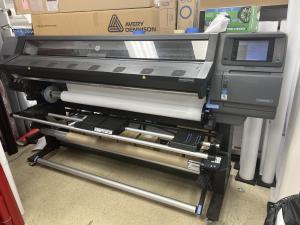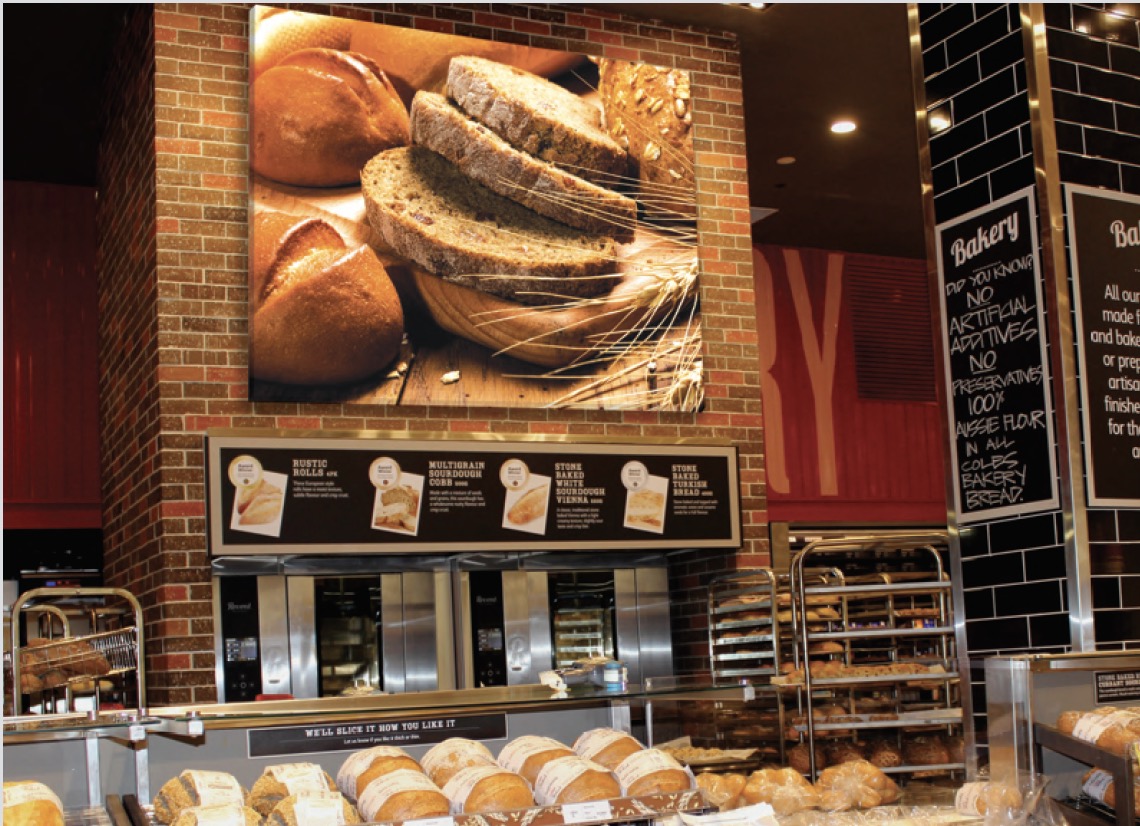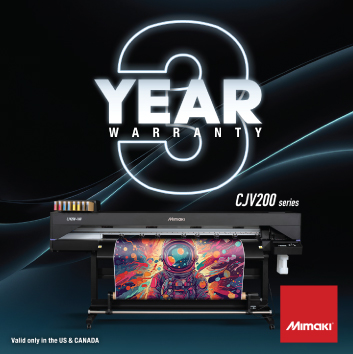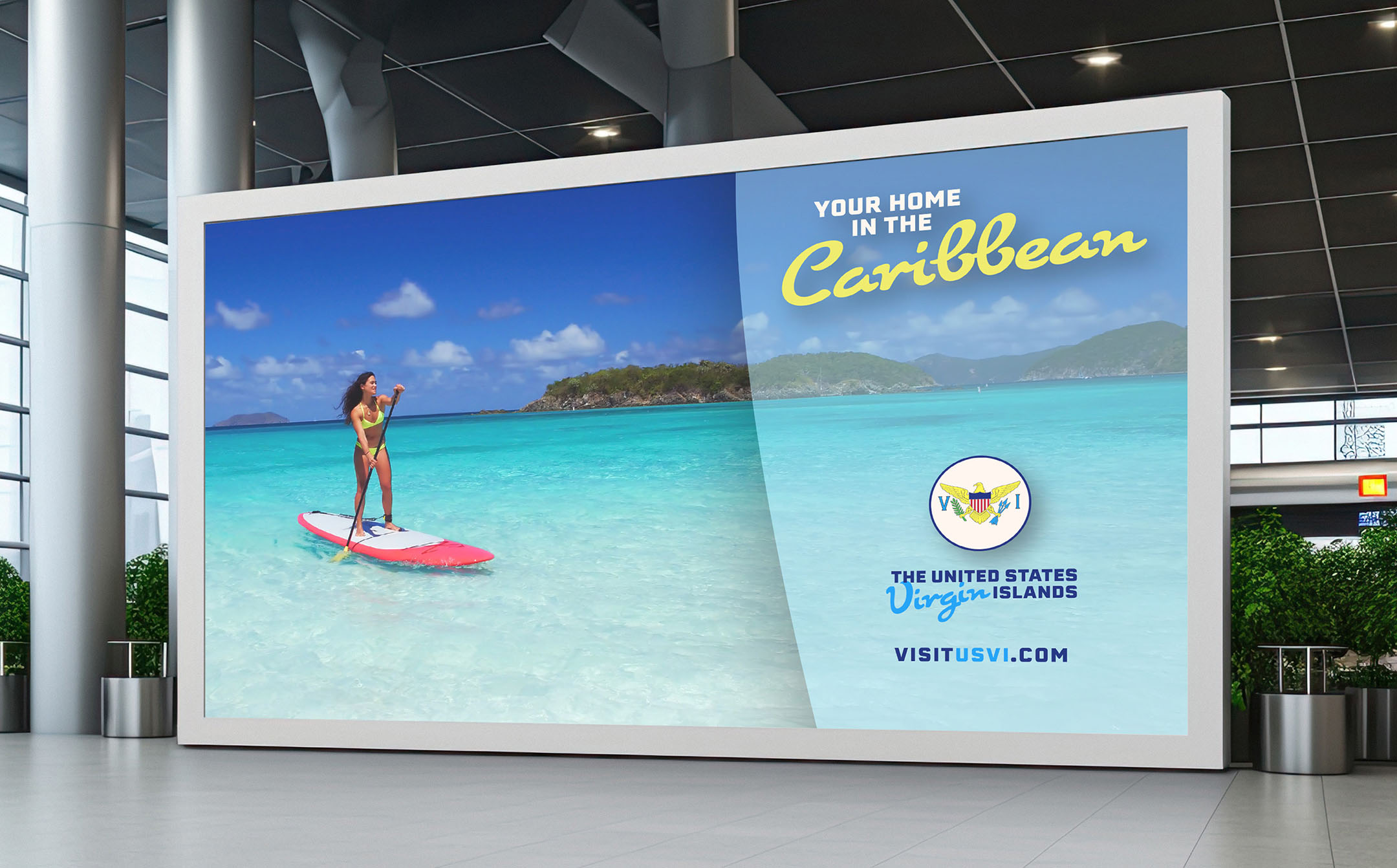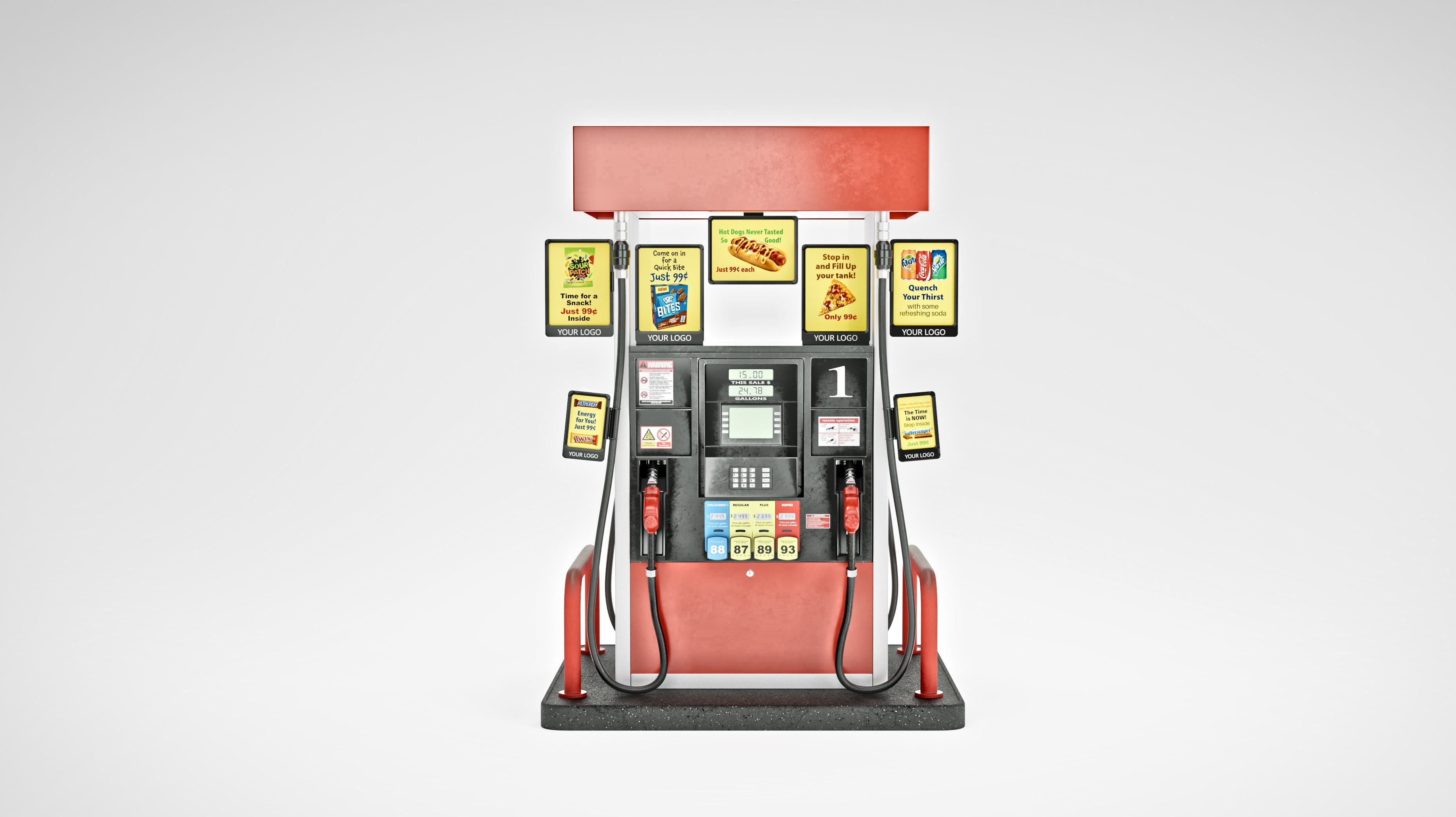Going beyond static wayfinding
Where is it used?
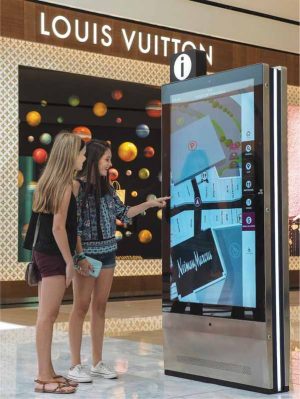
Wayfinding can be used in any number of industries, as there are few public spaces where people do not need assistance navigating. While retail centres may be the first example that comes to mind, wayfinding has also had a marked impact in airports, education campuses, public venues, and healthcare.
Healthcare campuses, including hospitals and medical complexes, have a clear need for the implementation of wayfinding. Healthcare campuses usually involve a number of buildings when large-scale, or one building with very small and difficult-to-locate departments on a more individual scale. Also, healthcare campuses rarely have one continuous building style. Often, as additional departments and clinics are added over the years as a result of new funding or donations, it can further complicate the ability to get around.
Visiting a hospital is never a pleasant endeavour, but feeling lost and upset on arrival only serves to exacerbate the issue. Visitors to these locations are often under duress and need to make it to specific departments as quickly as possible. Quick and efficient processes are the bread-and-butter for healthcare services, as these are key to ensuring daily operations run smoothly and being able to see as many patients as possible. Reducing stress also has a dramatic impact in assisting with this, as it allows procedures and appointments to proceed as smoothly as possible.
Accessibility needs to be considered in all industries but it is paramount for the healthcare industry. While accessibility should be taken into account during the design stage of constructing a building, wayfinding can help supplement in areas where it is not the main focus. In a healthcare campus, showcasing the most accessible route is key to ensuring all patients are able to navigate with the least amount of time and effort possible.
An example of wayfinding implementation that was discussed and planned for during the design process is at the Hudson Yards, a 1,672,254-m2 (18 million-sf) luxury retail property in Manhattan, N.Y., which contains everything from hotels and shops to offices and residential buildings. Positioned around the ‘Vessel,’ an interactive art installation and landmark, Hudson Yards wanted to ensure the entire property was accessible and easily mapped out for new visitors in its 2019 phase-one launch. Once the entire project is complete, it will encompass more than 11.3 ha (28 acres) of prime real estate. With an established wayfinding system in place, adding and updating maps of the property already has a foundation on which to build.

